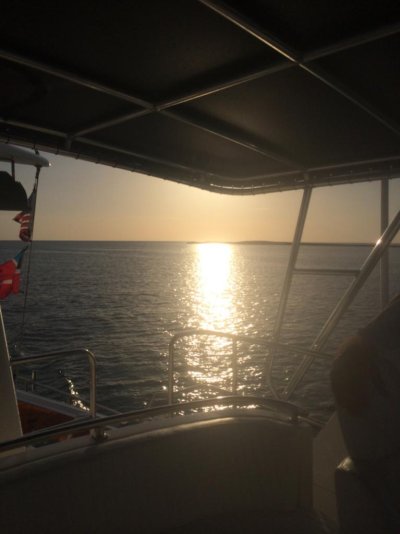jjanacek
Veteran Member
In spite of our weather vigilance, sometimes it's rougher out there than we intended. We still would rather pilot from the upper helm most of the time but wanted an easy way to communicate that someone safely negotiated their way down below, or is coming topsides. We have FS radios, but this is easier.
If Sally is heading below, we drop the rpms enough to notice. When she gets there, she puts it back to cruising speed and I know she's there. After she's done what she's doing and wants to come up ( a more hazardous situation because I don't know when that is going to be and can't just watch for her) she drops the rpm again until she gets topside.
Capt. Jeff Janacek
TrawlerTime.com
If Sally is heading below, we drop the rpms enough to notice. When she gets there, she puts it back to cruising speed and I know she's there. After she's done what she's doing and wants to come up ( a more hazardous situation because I don't know when that is going to be and can't just watch for her) she drops the rpm again until she gets topside.
Capt. Jeff Janacek
TrawlerTime.com



